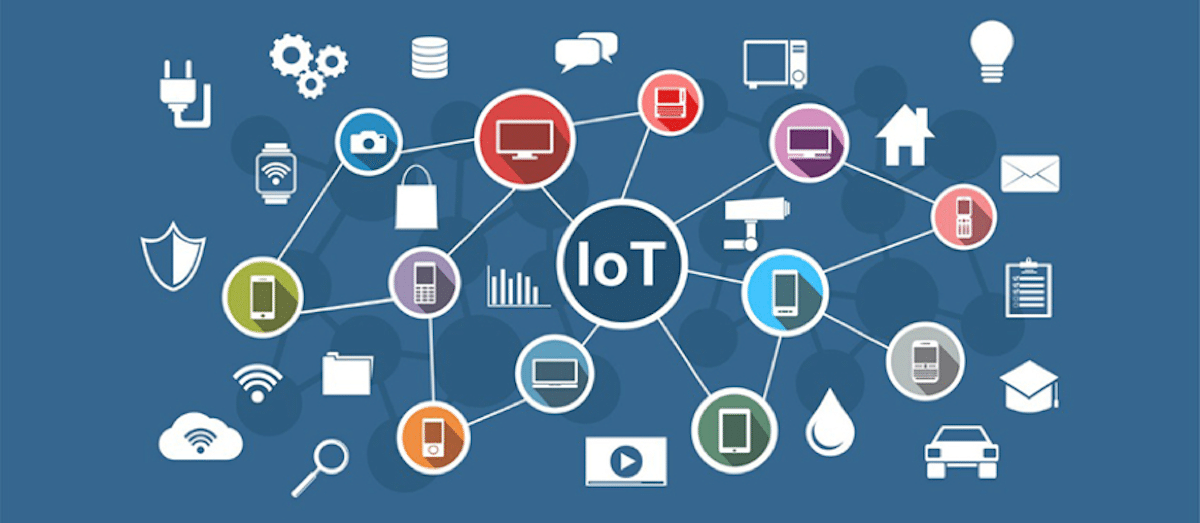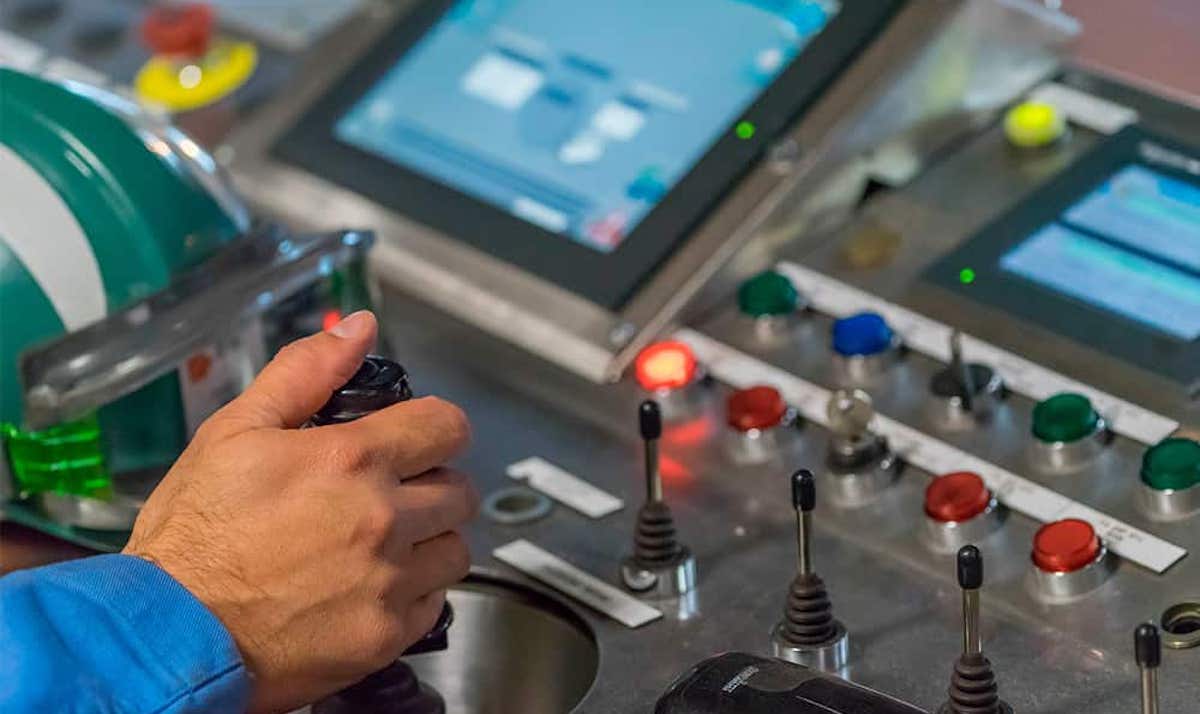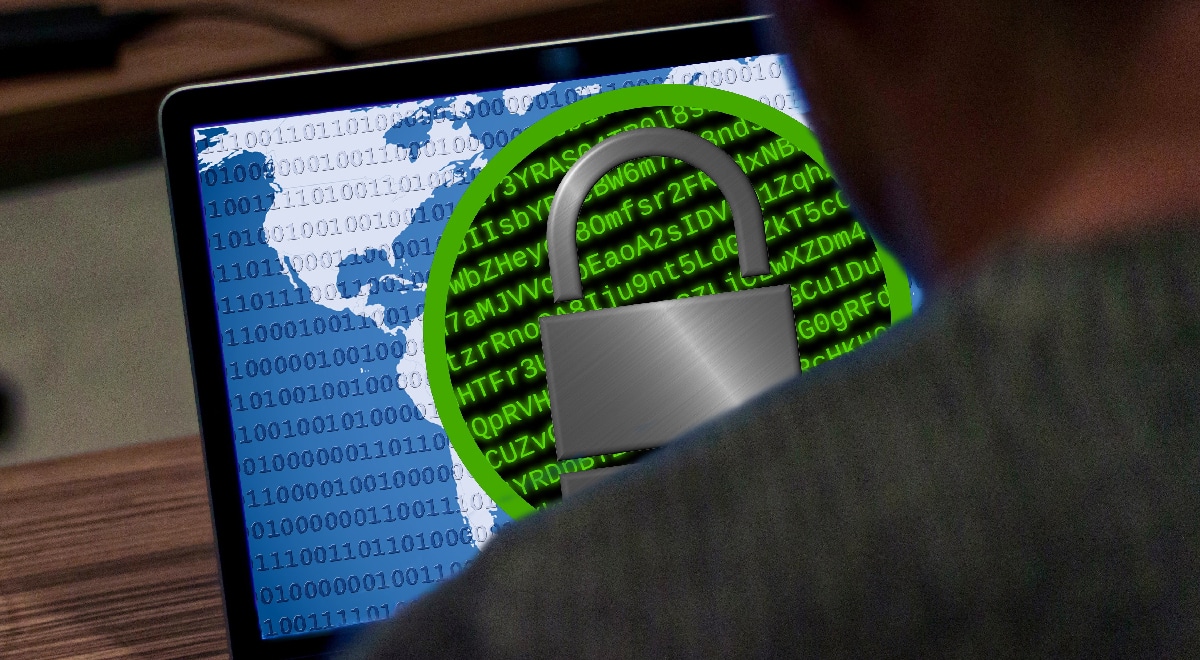
We cannot deny that the English vocabulary is shorter than the sleeves of a vest, and that translates into names as rare as the one we are going to discuss in this article: Internet of Things (IoT). The Spanish translation has not helped to improve this concept: Internet of Things.
In this article we are going to show you what is the Internet of Things, what it is for, what are its advantages and disadvantages and some examples of IoT products that you are probably using in your home, but are not aware of.
What is the Internet of Things

The first that the term Internet of Things was used was in 1999 at Massachusetts Institute of Technology, better known as MIT, in which research was carried out in the field of identifying stuff by radio frequency.
The idea of this study was to be able to know where they are, how they are used, where they have passed, if something is turned on or off through radio frequencies. As the years went by, the term IoT was officially created (Internet of the Things).
The Internet of Things technology refers to each and every one of the devices connected to the internet that we allow the collection of information of any kind.
We are not talking about computers, smartphones, tablets and others, but about small devices with all kinds of sensors that are capable of work autonomously without the need for human intervention.
Internet of Things devices

Once we know how the so-called Internet of Things works, we can already get an idea of which devices are the devices that fall into this category. Next, I show you a list with the internet of things devices most common and known:
- Thermostats,
- Humidity sensors
- Thermometers
- Door sensors
- Dimmers
- Speed measurement devices found on roads (I'm not talking about radars)
- Fridges
- Washers
- Dishwasher
- Ovens
- Bathroom scales
- Security cameras
- Smart Location Tags
- Special clothing items including footwear
- Activity monitoring wristbands
- Smart Watches
- GPS tracking devices
- Smart speakers.
In general, any electronic device that is capable of operate autonomously and transmit data over the internet (not through radio frequency as initially planned, although some devices rely on it, such as location beacons), they are considered Internet of Things devices.
Devices that fall into the category of Internet of Things, can be associated with automations. For example, if the light sensor that we have in the window of our home detects that it is getting dark, it will activate the motors of the blinds and lower them.
Another example. If we have left the door of the house open for a time that we have previously established in the device that controls whether the door is open or closed, a notification will be displayed on the smartphone of the user informing him of the situation so that he can take action.
If it is the garage door, we can configure it so that, after 5 minutes from its opening, it proceeds to close automatically.
Advantages of the Internet of Things

Resource control
This technology allows companies and users to carry out a resource management practically automatically. In agriculture it is used to monitor the state of the land, with the help of different sensors, which allow us to know when it is necessary to irrigate.
Immediate action
In transport it is used to analyze traffic conditions, on roads to detect speed in certain sections and inform users by means of a luminous sign ...
In medicine it allows physicians to perform a implant monitoring, in hospitals modify the shape of the bed to adapt to whether the patient is sleeping, wants to get up ...
Time saving
It is not the same, to collect the information from the temperature and humidity sensors of the climatic stations distributed throughout a country by making a call that automatically. A saving that allows analyze data more quickly.
Data analysis
The ability to collect data from smart devices allows perform analysis in near real time, which, in turn, makes it possible to speed up decision-making, which at times can become critical.
Disadvantages of the Internet of Things

The software is not secure
In the past, there have been DDoS attacks Through Internet of Things devices, denial of service attacks with which the servers stop working when they receive a large number of access requests.
This is because most, have the same username and password, allowing friends of others to carry out these types of mass attacks. But also, you can disable them all at once, hence the best thing to do is change, the first time we use them, the username and password.
Information is not encrypted
Another negative point that the Internet of Things technology offers us is that the information is not encrypted at any point, especially among the cheapest devices on the market.
This allows friends of others to access that information. If it is security cameras, you can assume a serious violation of our privacy, especially if those images end up circulating on the internet.
Lack of compatibility
Since its inception, as there has not been a single protocol to follow, each manufacturer has been adapting the first one they saw, to put it wrong and soon, so many of the older devices are not compatible with each other.
Fortunately, Google, Apple, and Amazon have committed to use the Zigbee protocol, one of the most used, so this will be the standard within the smart device industry in the future and compatibility problems will finally end.
Require an investment
This disadvantage is relatively small taking into account that, with the investment to be made, we will be able to manage resources in a much more efficient way, so that in the end, the investment made is quickly compensated.